Traveler's View: Round 'Em Up, Move 'Em Out

- By Kurt Repanshek - September 22nd, 2024 2:30am
Help power the National Parks Traveler’s coverage of national parks and protected areas.





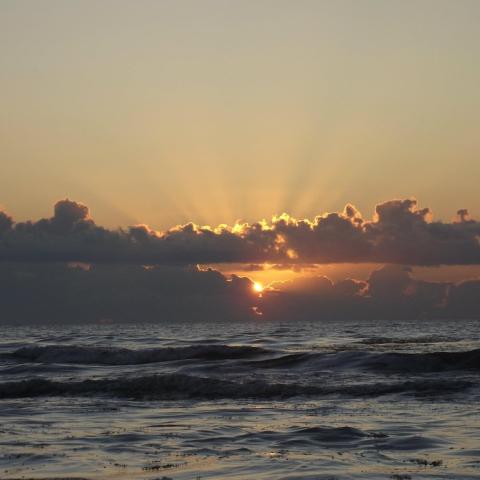
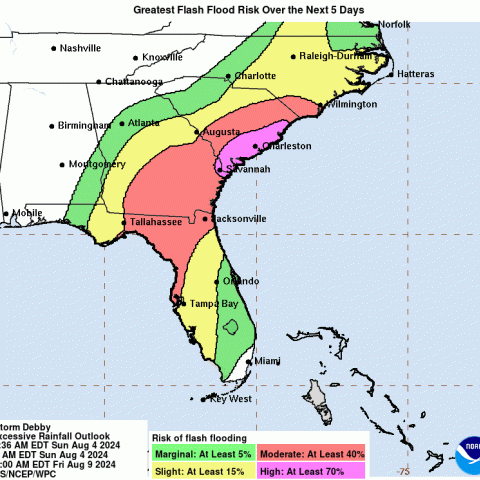
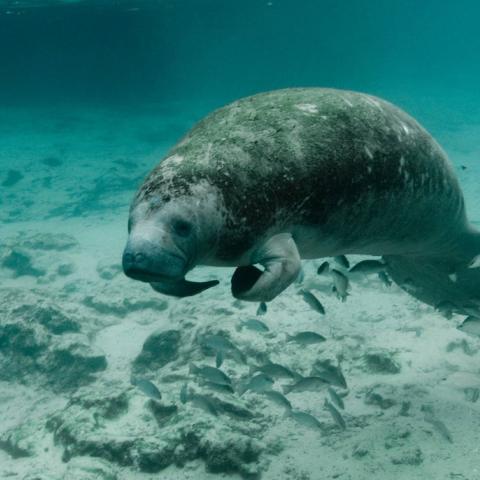
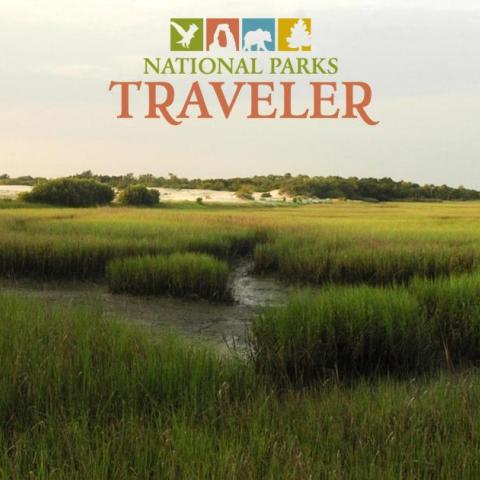
Along 1,600 miles of the Eastern Seaboard, from Maine to Florida, sea level rise, subsidence, and more potent storms are challenging the National Park Service to figure out how best to protect wildlife and their habitats, as well as historic structures, archaeological sites, modern infrastructure, landscapes, and, of course, visitors.
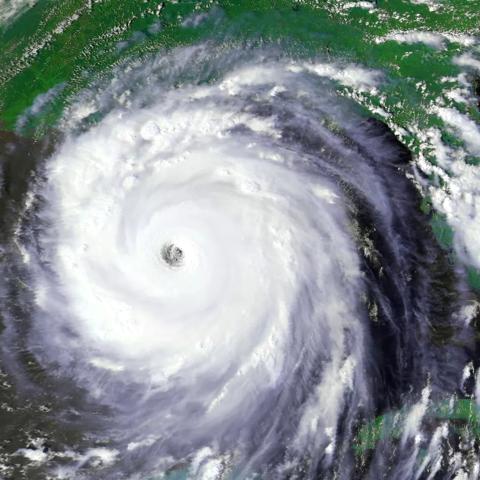


National Parks Traveler is a 501(c) (3) nonprofit.


Here’s the definitive guide to National Park System campgrounds where RVers can park their rigs.
Our app is packed with RVing- specific details on more than 250 campgrounds in more than 70 national parks.
You’ll also find stories about RVing in the parks, tips helpful if you’ve just recently become an RVer, and useful planning suggestions.
